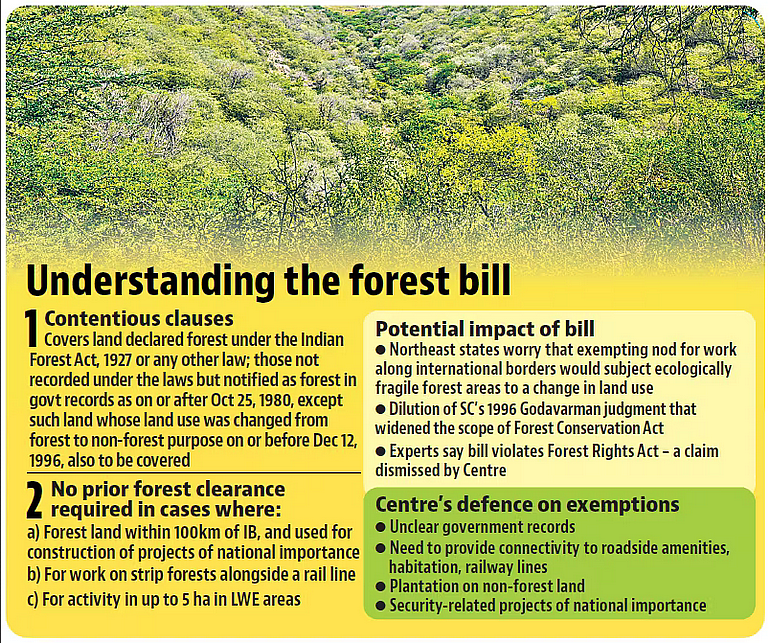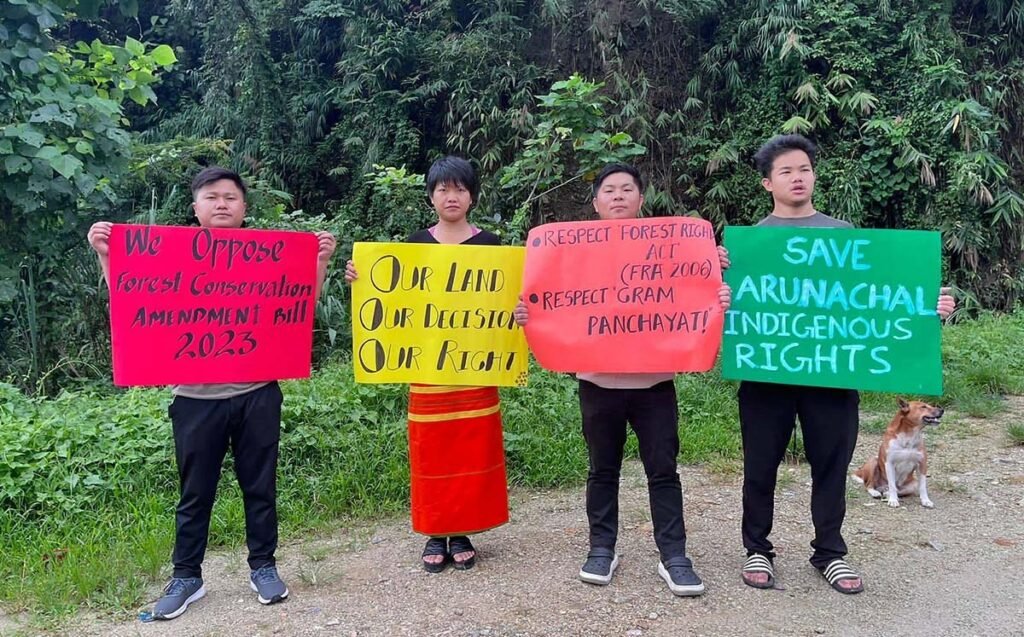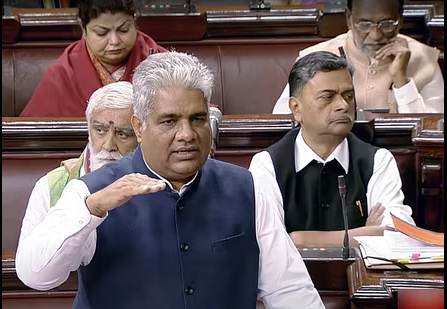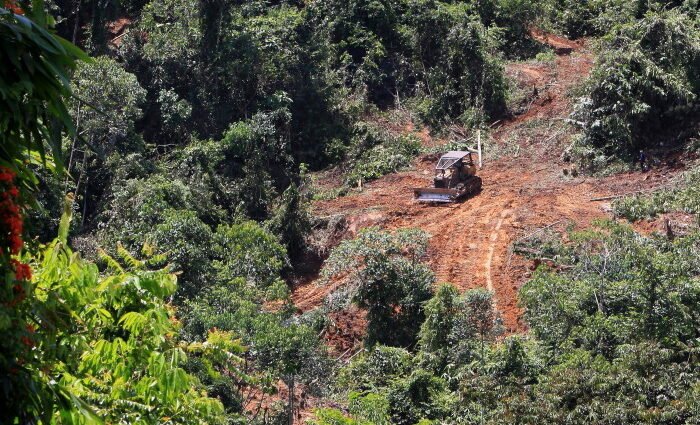Conservationists are concerned that around 25% of India’s forests will no longer be legally protected as per the provisions of new controversial legislation which was passed by both the houses of Parliament.

The legislation modifies, India’s flagship 1980 Forest Conservation Act, a key environmental law. The government of Prime Minister Narendra Modi says this modification will help India meet its commitments to combat climate change through tree planting and will clarifying regulations for defining and using forests.
Researchers and activists, on the other hand, are concerned that this controversial measure will have a permanent and negative effects on the country’s environment. They argue that the amendments will allow for the destruction of forests, lead to a loss of biodiversity, and undermine the rights of Indigenous communities.

Conservationists are against measures that would eliminate safeguards for large areas of forests that have not been officially acknowledged by the government. They argue that this proposal would also facilitate mining in protected regions and the construction of ecotourism-related infrastructure such as zoos and resorts.
Human rights activists are criticizing the use of language that would allow developers to bypass consulting or obtaining consent from forest-dependent communities, including Indigenous groups.

Advocates have expressed concern over provisions that allow the government to bypass project reviews for areas within 100 kilometers of India’s border if they are considered crucial for national security. This exception could potentially encompass a significant amount of forested land in border states with rich biodiversity.

On 26 July, however, Parliament’s lower house took less than 20 minutes to pass the bill after almost no debate and Parliament’s upper house followed the suit and cleared the same on 2 Aug’23.
Researchers and conservationists are getting ready for the worst. The policy changes are so short-sighted that it’s making everyone freak out, not just about their lives, but also about the lives of future generations of Indians.
Reference- Hindustan Times, Down To Earth, Green Peace India, Science Magazine, Times Of India






